Whether you’re moving out of your family house, or finally making the “adulting” leap into a place of your own, there are plenty of must-haves and must-dos when it comes to setting up your first home. Being as obsessed as we are with cooking, cookware and everything in between, we at Easy Food are big believers in making sure your kitchen is properly stocked with the essential items you’ll need to create meals and experiences worth remembering in your new space. Here, we break down the cookware worth investing in, plus a few gadgets that aren’t worth their drawer space.
Chef’s knife

A good chef’s knife should be top of the list when outfitting your kitchen. Whether you’re chopping vegetables or jointing a chicken, a sharp knife will make easier, cleaner work of any task. Look for a 10in knife as a starting point, and trial a few in the shops to see which fits your hand best. When you’re bulking out your knife set, pick up a serrated knife for slicing bread, and a small 3-4in paring knife for slicing smaller fruits and veg. We’ve broken down the essential knives to have in your kitchen, plus knife skill basics here.
Chopping board
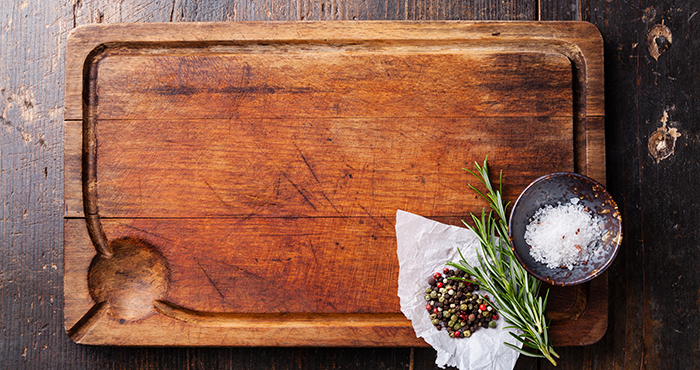
You can opt for a set of chopping boards that can be colour-coded for produce, meat and fish to avoid cross-contamination, but we also advise investing in a large, heavy wooden chopping board. These can be easily cleaned with soap and water and give you a safe and sturdy surface for chopping and carving. Look for one with a juice groove for collecting precious juices from carved meats; these can usually be flipped over and used as a general chopping board.
Peelers and graters
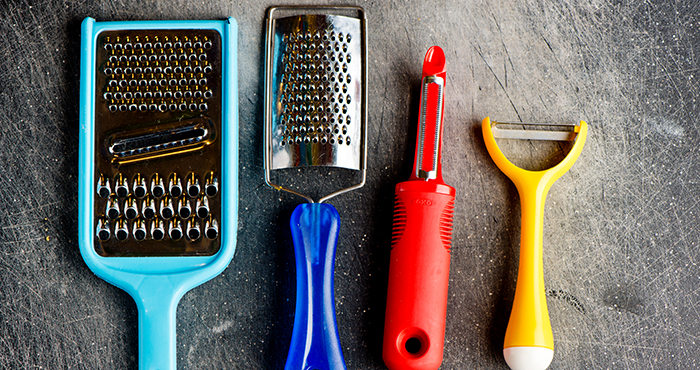
Don’t skimp when it comes to peelers and graters: these can be used for more than shredding carrots, and the cheaper varieties can dull easily. Larger graters are perfect for cheeses and vegetables (and a must-have for classic coleslaw), while smaller microplanes are necessary for zesting citrus fruits. Hand-held peelers are must-haves for potatoes, carrots or squash, but also perfect for creating ribbons from vegetables or chocolate.
Measuring set
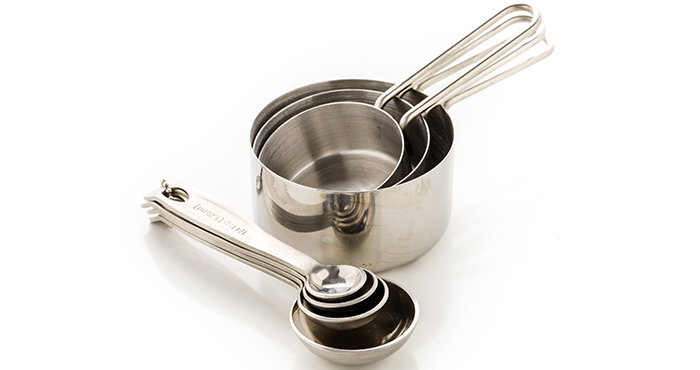
Measuring spoons and cups will undoubtedly be needed for most baking. Our top tip is to look for a set that has the measurements engraved into the spoons or cups; trust us, it’s annoying to have to replace a set because the stamped-on measurement has washed off.
Mixing bowls
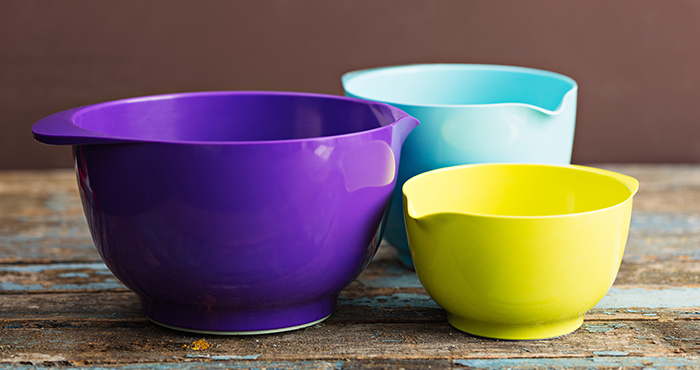
It must be a kitchen Murphy’s Law that the first bowl you choose to mix ingredients is never big enough; make sure to stock up on a set of bowls in a variety of sizes, with at least one that is bigger than you think you’ll need! We also like when mixing bowls have a small lip for pouring the mixture; this is ideal for cake batters for pancake mixtures.
Quality cookware
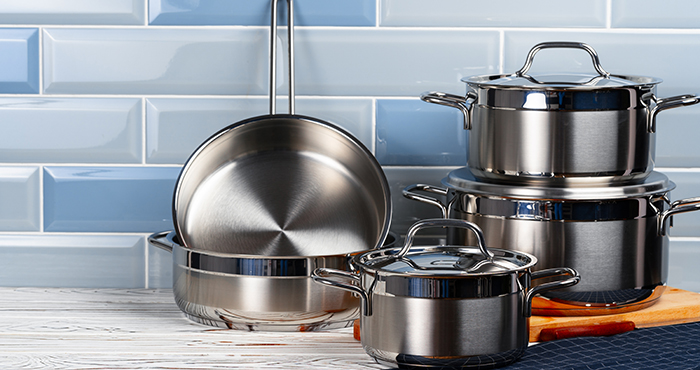
We could write endless articles on choosing just the right cookware, but it all boils down to choosing a range that is built to last. Look for one non-stick pan for cooking delicate items like eggs or pancakes, but otherwise opt for stainless steel frying pans, saucepans and pots — ideally with lids! Stainless steel cookware is more durable and conducts heat more evenly than aluminium cookware, but aluminium is lighter to manage, heats more quickly and is usually less expensive. A cast iron pan will also last forever and is worth adding to the future wish-list. We break down the pros and cons of stainless steel, cast iron and non-stick pans here.
Sheet pan
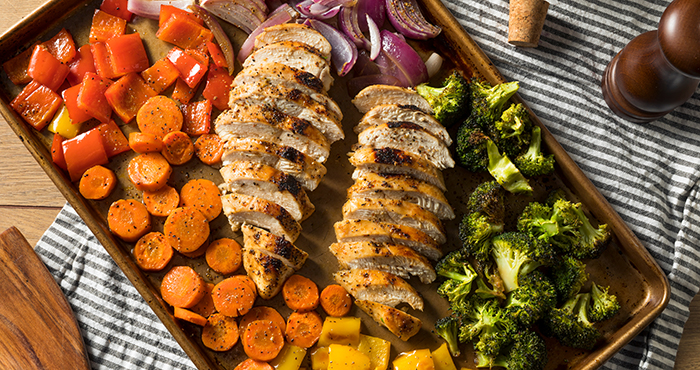
A large sheet pan will make one-pan dinners a breeze. Look for one that is as large as your oven will permit, and one that is just about as heavy as you can manage. Lighter, thinner pans won’t conduct heat as evenly, creating hot spots on the pan. A sheet pan will also have a rolled lip all the way around the perimeter, which means you can scrape and toss ingredients without fear of them falling off. (Baking trays may have a lip on two sides [or none at all], which makes them ideal for getting a spatula under biscuits and bakes.) A non-stick sheet pan can make clean-up easier, but keep in mind you won’t be able to use a metal spatula on these.
Spatula

There are loads of tools that fall under the “spatula” umbrella, but the standard silicone spatula here is a good place to start. The silicone material is non-stick and can withstand higher temperatures than its plastic counterparts. A sturdy handle is necessary when manoeuvring around eggs or getting underneath stubborn burgers. Long-handled, stainless steel spatulas are best for barbecuing over high heats, while delicate, flexible fish slices are perfect when working with delicate items like…well, fish.
Tongs
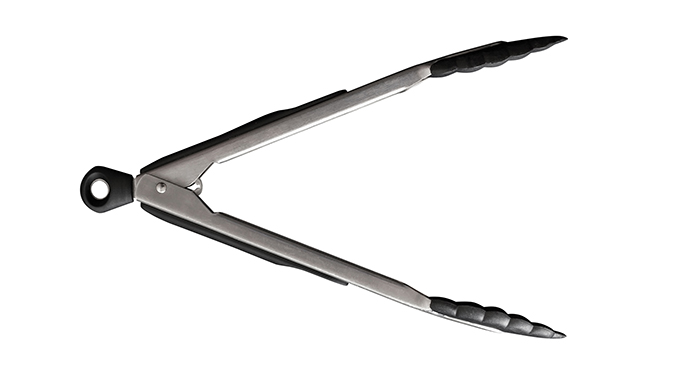
A kitchen staple you’re bound to find in any €1 shop, a good set of tongs are worth a little shopping around. Our favourite variety comes with silicone ends, which means you can use them on non-stick cook and bakeware without fear of scraping and scratching the coating.
Wooden utensils
Potentially the most basic item on this list, but quite possibly the most essential: solid wooden utensils are must-haves. Wooden utensils give you a firm strong handle to hold, making stirring and scraping easier and without any fear of the handle breaking. The added bonus with wooden utensils is that they won’t scratch any non-stick surfaces. We recommend a few spoons and a flat-edged spoon (or spatula).
Don’t miss the hot list items of the best €15 the Easy Food team has ever spent in the kitchen, or if you’re about to move into a new home or are upgrading your kitchen, be sure to check out the questions you should ask yourself before purchasing any large appliances.

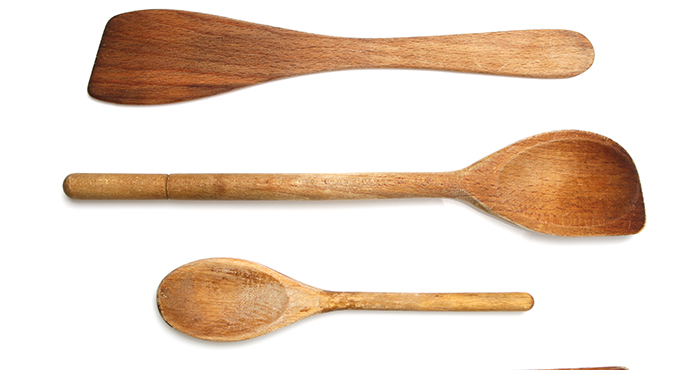
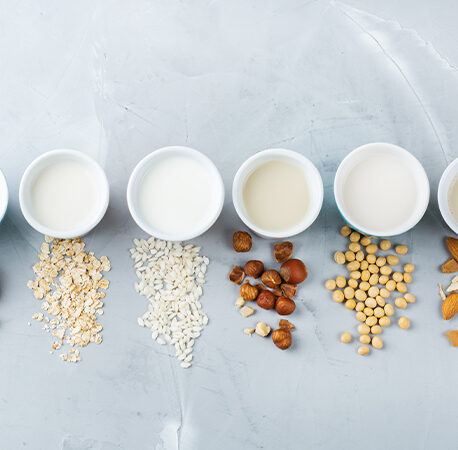
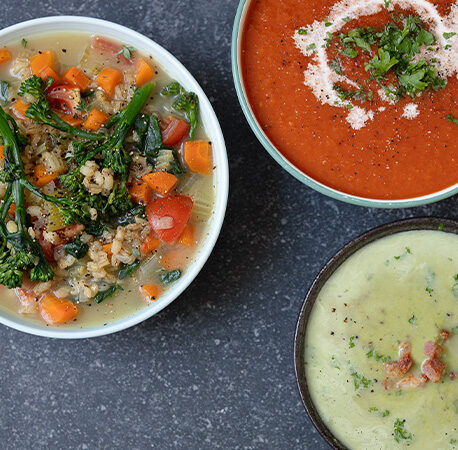
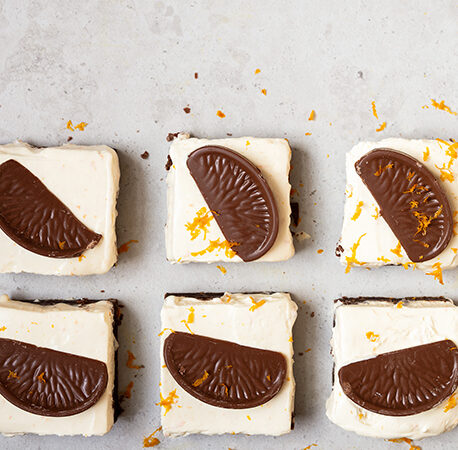
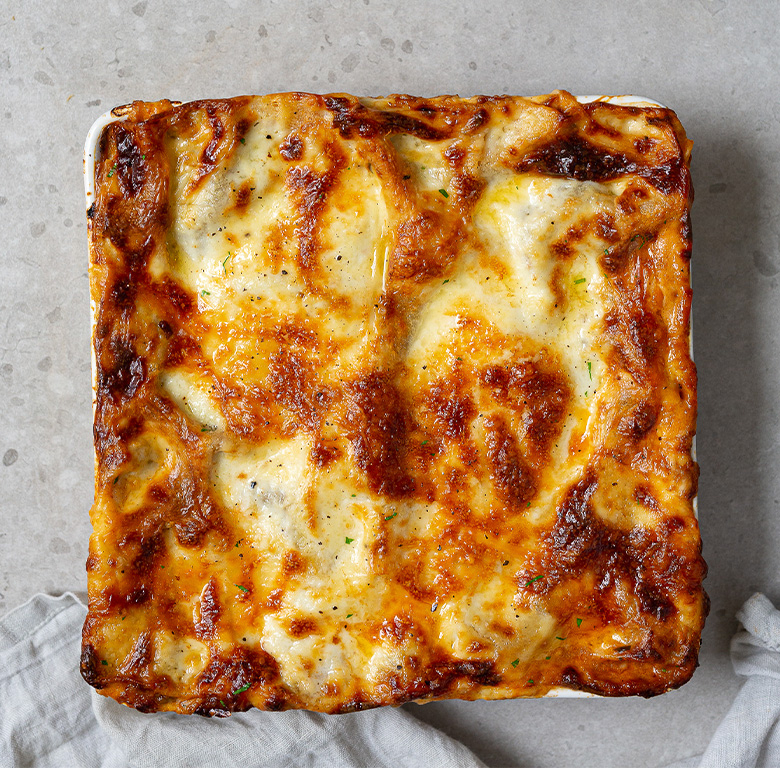

You have to be signed in to comment this post.